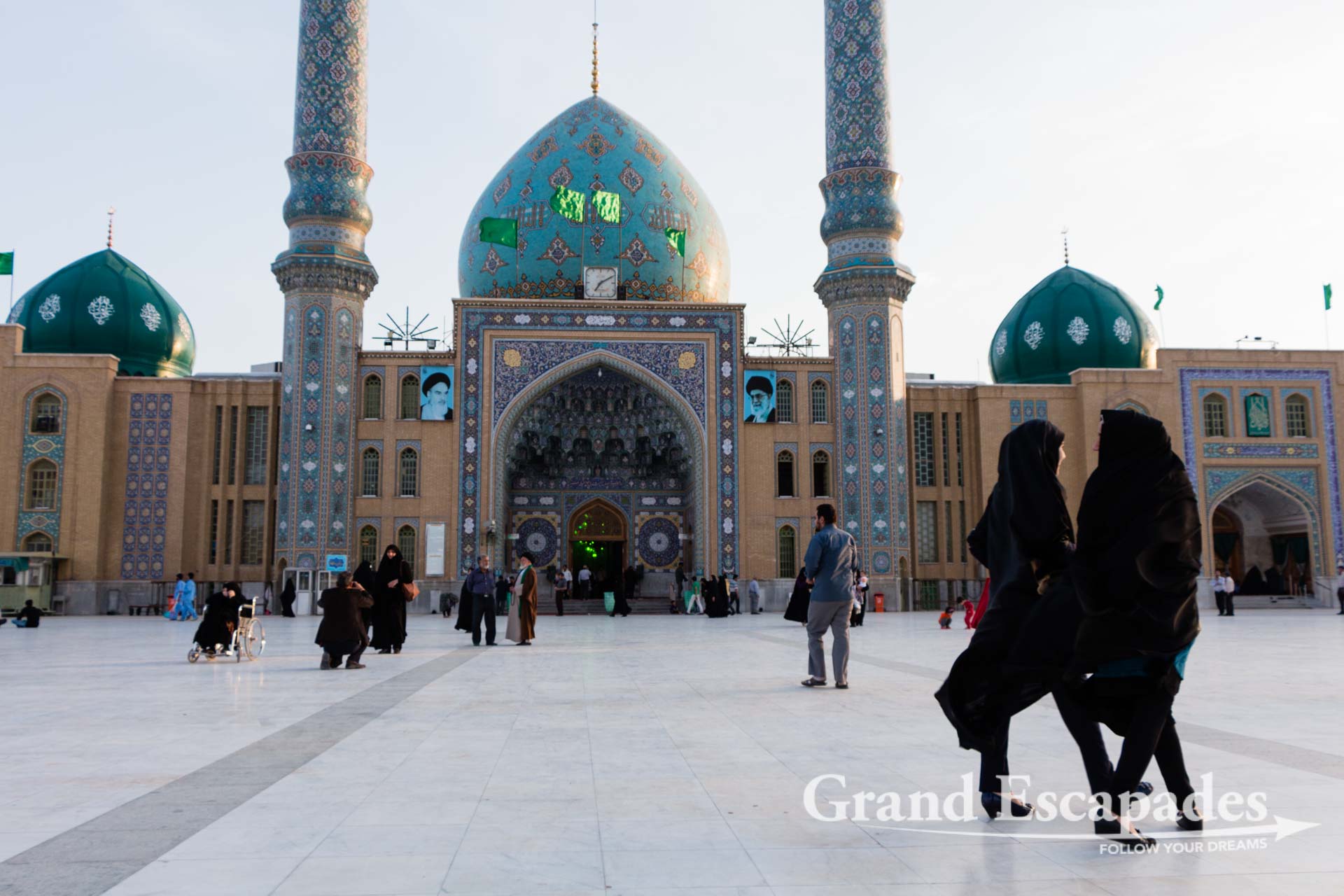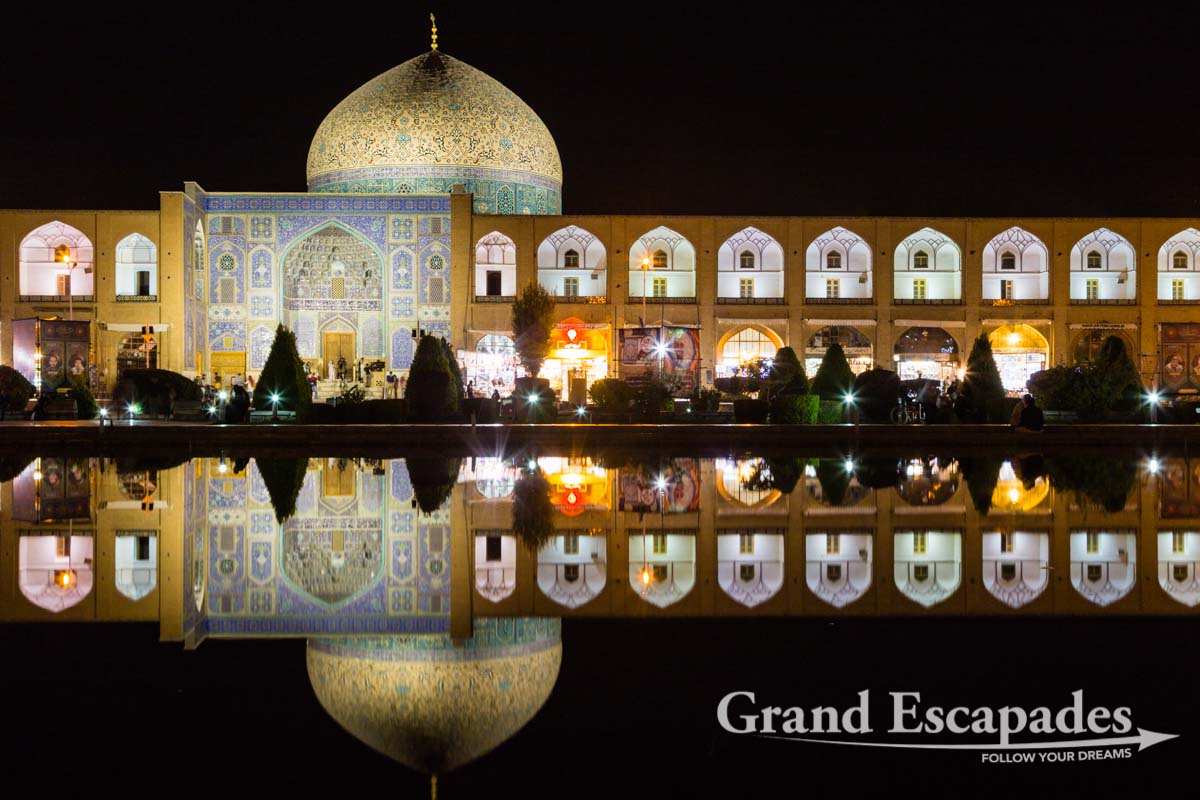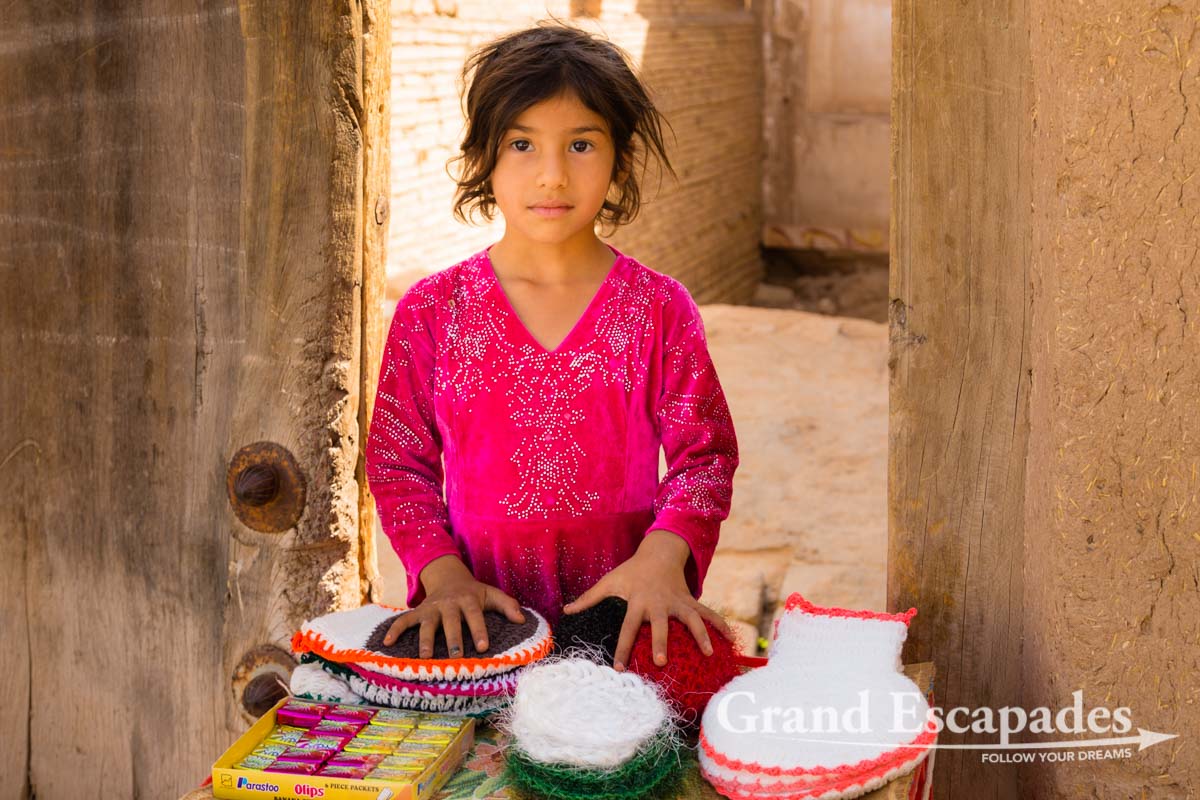The historic town of Tabriz, the largest city of Northwest Iran and the center of Iran’s Azeri population, is a crossroad and melting pot of several cultures. Its glorious, if turbulent history bestows this widespread city some of Iran’s most remarkable cultural heritages.
You should plan enough time (at least 2, ideally 3 days) to discover this area and oak in the unique atmosphere of this city, quite different from what you will experience further south in the more touristy parts. Tabriz is actually an outstanding gateway to Iran!
With even more time at hand, there is a wealth of excursions that can be undertaken from Tabriz in the scenic surrounding areas. Nonetheless, beware that public transportation might turn challenging further afield, and that at some points you might have to charter local taxis.
Tabriz Grand Bazaar
A UNESCO World Heritage, Tabriz Grand Bazaar is no less than the largest covered bazaar in the world! The endless, labyrinthine string of alleys, the high domed ceilings, and no less than 24 caravanserais invite you for aimless strolls through the economic heart of the city. You can buy about anything you can imagine here, from carpets to nuts to jewelry to spices to food to spare parts… Just soak in the magic and get lost during the hotter times of the day, and enjoy being mostly the only tourist around!
Jameh Mosque
Hidden at the western end of the bazaar, it is actually easy to overlook this mosque, which construction date is unknown. The highlight of this seemingly unspectacular building is its truly impressive “Shabestan”, a huge hall with arches and domes and brick pillars.
Blue Mosque
Built in 1465, Tabriz once most beautiful mosque was heavily damaged in 1773 by an earthquake that claimed the lives of thousands. The intricate turquoise mosaics, as well as large parts of the complex that made of the Blue Mosque such a unique monument, didn’t survive the earthquake, but what remains definitely kept of its old splendor. Visit the building in the end of the afternoon, when the soft light of the setting sun helps revealing the magic of this place.
Azerbaijan Museum
This museum, located near the Blue Mosque, houses an impressive collection of artifacts, starting as early as the 5th Millennium 5.000 BC !
Qajar Museum or Amir Nezam House
More interesting than the Museum is the house itself, built in 1881: this elegant Qajar Mansion with a split-level façade is Tabriz’ most remarkable traditional house.
Argh-e Tabriz
Little remains from Tabriz Citadel that was built back in the 14th Century, and the edifice suffered heavy damages throughout the eventful history of the city. Only recently has this building undergone some renovation work. Nonetheless, this impressive stone building is one of the famous landmarks of Tabriz and literally can’t be overlooked.
Islamic Arts University
This 230 year old, splendid Mansion do more look like the home of a rich merchant than a university, and is definitely worth the detour. Just ask politely at the entrance, and you will be allowed to walk in and enjoy the refined setting.
Poet’s Mausoleum
Iranians probably love massive, ostentatious mausoleums as much as they love poetry. The Poet’s Mausoleum is the best proof of this… Its angular, interlocking concrete arches can’t be overlooked, and are another landmarks of the city. The interior can be overlooked, though…
Elgoli Park
This massive park, approx. 10 kilometers southeast of the city center, with one of the countries largest outdoor pools, is THE place to be for lunch, afternoon tea or especially in the evening, when seemingly everyone in Tabriz goes there for a leisurely stroll. This is the perfect place to observe local families relaxing, picking up a corn on the cob from one of the many food stalls, enjoying an ice cream, having a pick nick with friends and family, or maybe play badminton…
Kandovan
Often compared to Cappadocia in Turkey, highly popular Kandovan boasts a village of troglodyte houses carved into curious volcanic rock formations on the side of a cliff. The traditional settlement, still inhabited, has now turned into a major attraction for Iranian families that flock the area on daytrips from Tabriz. If I completely missed the supposedly laid-back atmosphere of the place that you might find in the evening when the masses are gone, I nonetheless truly enjoyed observing the many Iranian families coming here to relax and pick nick and enjoy the scenery. As far as photography of this could-be scenic place is concerned, the many electrical wires that crisscross the rock formation and surround every troglodyte home make it impossible to take a decent picture…


























